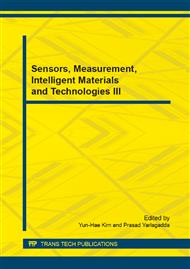p.504
p.508
p.512
p.519
p.526
p.533
p.538
p.542
p.546
Digital Method for Acquiring Discontinuity 2D Density Based on 3D Digital Traces Model
Abstract:
At present, manual method for acquiring discontinuity 2D density is inefficient and error-prone. This paper proposes a digital method based on 3D digital traces model. And Mauldon method has been chosen to estimate 2D density comparing with Kulatilake and Wu method. It makes study on 2D density much more convenient. The results of study with this method show feasibility and efficiency of the new method and Mauldon method for estimating has been tested to be accurate in this paper.
Info:
Periodical:
Pages:
526-530
Citation:
Online since:
March 2015
Authors:
Keywords:
Price:
Сopyright:
© 2015 Trans Tech Publications Ltd. All Rights Reserved
Share:
Citation:


